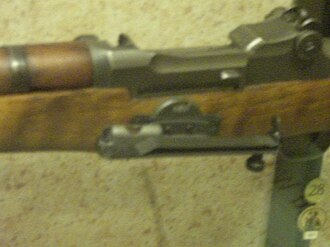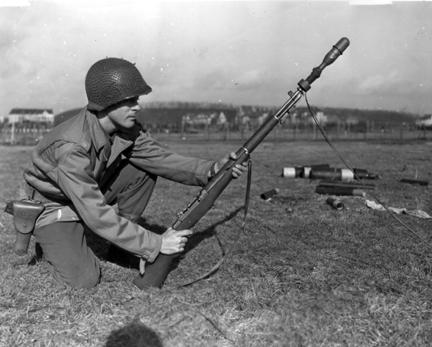McPherson
Banned
The Japanese were effective with the Type 89 when they hadn’t lost their well trained men to attrition, not so much after going through the meat grinder. The mark of a great weapon is how effective it‘s in the hands of replacements, not veterans. This is why nobody make weapons without sights today.
As I wrote... it is apparent that the knowledge about Japanese weapons is not well distributed or generally known.
The Type 89 did have an adjustable range set operated by threaded screw. Pick a known landmark distance, and dial it in; literally. The aim method was idiot proofed and designed into the weapon. The aim method was by spirit level. Put the bubble between the lines (at 45 degrees) and BANG. You did not need to TRAIN much to show a Japanese soldier how to use it properly. Two minutes of dry-fire drill and he is ready to go.
McP.

